Matcha vs Green Tea Benefits Explained
October 08, 2025
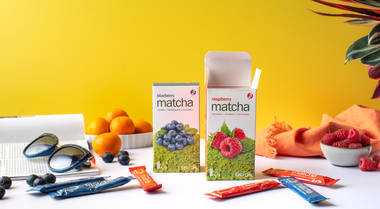
With matcha popping up everywhere from cozy fall lattes to winter holiday desserts, now's the perfect time to clear up the confusion: what exactly sets matcha apart from green tea, and how do you know which one is right for you? Let's dive in.
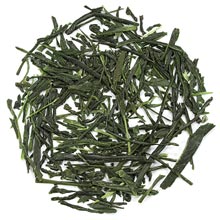
What is Green Tea?
Green tea has been enjoyed for centuries, particularly in China and Japan, and it remains one of the most popular teas worldwide. Made from the Camellia sinensis plant, it's celebrated for its refreshing taste and gentle energy boost.The production process is key. After harvesting, the leaves are quickly steamed or pan-fired to halt oxidation. This keeps them green in color and bright in flavor, unlike black tea which is fully oxidized. The leaves are then dried and rolled, sometimes with slight variations depending on the style.
Common types of green tea include:
• Sencha: the everyday staple in Japan, with a clean, grassy flavor.
• Gyokuro: shade-grown for richer sweetness and depth.
• Hojicha: roasted green tea with nutty, toasty notes.
• Genmaicha: blended with puffed rice for a warm, comforting character.
In terms of taste, green tea is usually light, crisp, and sometimes grassy, with subtle variations depending on where it's grown and how it's processed. Very easy to sip all day without feeling overwhelmed, whether that's hot in the morning, or iced in the afternoon.
What is Matcha?
Matcha also comes from the Camellia sinensis plant, but the way it's grown and prepared transforms it into something unique. The leaves destined to become matcha are shaded for several weeks before being harvested. This process increases chlorophyll, deepens the green color, and boosts levels of L-theanine — an amino acid that helps balance caffeine with calm focus.Once harvested, the leaves are steamed, dried, and carefully deveined. Instead of being rolled and steeped like regular green tea, they are stone-ground into a fine, vibrant powder. When you drink matcha, you're consuming the whole leaf in powdered form, not just an infusion of it.
Flavor-wise, matcha is bold and complex. It has a distinct umami character, balanced by natural sweetness and a creamy mouthfeel. While it can be an acquired taste, many people find it deeply satisfying once they've adjusted. It also happens to pair beautifully with milk, which is why matcha lattes have become a café favorite.
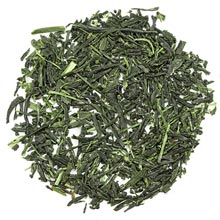
Key Differences Between Matcha and Green Tea
At this point, it's clear that matcha and green tea share the same plant, but the differences are significant. Here's how they compare:Form
• Green Tea: Whole dried leaves, steeped in water• Matcha: Fine powder, whisked directly into water or milk
Preparation
• Green Tea: Brewed like traditional tea• Matcha: Whisked with hot water using a bamboo whisk (chasen)
Flavor
• Green Tea: Light, grassy, refreshing• Matcha: Bold, umami-rich, slightly sweet, creamy
Caffeine
• Green Tea: Moderate (20–40 mg per cup)• Matcha: Higher (60–70 mg per cup), since you consume the whole leaf
Nutrients
• Green Tea: Rich in antioxidants• Matcha: Even higher in antioxidants, L-theanine, and chlorophyll
One of the biggest takeaways is that matcha gives you more intensity — in flavor, caffeine, and nutritional value — because you're drinking the powdered leaf itself rather than an infusion. Green tea, on the other hand, is gentler and often more approachable for beginners.
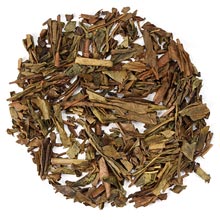
Wellness Benefits Compared
Both matcha and green tea are packed with antioxidants, particularly catechins like EGCG, which are excellent for physical and mental wellbeing. But since matcha is made from the entire ground leaf, its nutrient content is amplified.Green Tea Benefits:
• Gentle caffeine for steady energy without jitters.• High in antioxidants to support cardiovascular health.
• Hydrating, low-calorie, and easy to enjoy throughout the day.
Matcha Benefits:
• Concentrated antioxidants, often 3–4x more than steeped green tea.• Higher caffeine content balanced by L-theanine for "calm alertness."
• Supports focus and mental clarity, making it popular for work and study.
In other words, if you're looking for a mild, refreshing drink you can sip several times a day, green tea is your best bet. If you want a more powerful wellness boost or a coffee alternative with staying power, matcha is the answer.
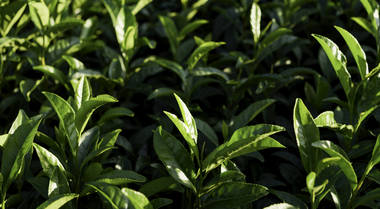
Seasonal Uses for Each
While both teas can be enjoyed year-round, they shine in different ways as the weather cools.Green Tea in Fall & Winter
Roasted green teas like hojicha or genmaicha pair perfectly with autumn flavors. Imagine sipping a nutty hojicha alongside pumpkin bread or a buttery shortbread cookie. The light body of green tea also makes it refreshing after heavier winter meals.Matcha in Fall & Winter
Matcha feels richer and more indulgent, which makes it perfect for cozy seasonal drinks like creamy matcha lattes, matcha hot chocolates, or even sweet treats like matcha-spiced holiday cookies. Its vibrant color also makes it a festive choice for holiday gatherings.So while green tea may be your everyday companion, matcha often shines as a seasonal treat.
How to Use Each
Knowing when to reach for green tea versus matcha can transform your daily routine.• Green Tea: Good for daily sipping, both hot and iced. Works well with light meals, study breaks, or even as a gentle morning starter. Try sencha in the afternoon for focus, or hojicha in the evening since it's lower in caffeine.
• Matcha: Best for moments when you want more intention. Whisk it traditionally with hot water for a mindful pause, or blend into a latte for a cozy pick-me-up. (For a quick, on-the-go option, try blending a Blueberry or Raspberry Matcha Stick into some water for an easy to enjoy cup anywhere.)
Beyond drinks, matcha is versatile in the kitchen — add it to smoothies, pancake batter, or baked goods for a nutritious twist.
If you're new to matcha, start with a latte or add it to your favorite dessert recipe. If you're a seasoned tea drinker, try exploring higher grades of ceremonial matcha for a deeper, more nuanced experience.
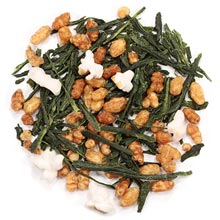
Tips for Enjoying Both
To get the most out of your teas, a few simple tips go a long way:• Use water that's just below boiling (around 175°F) for green tea to avoid bitterness.
• Rinse matcha tools right after use to prevent staining and clumping.
• Store both in airtight containers away from light and heat — freshness is key for flavor.
• Experiment with food pairings: matcha loves chocolate and vanilla, while green tea pairs beautifully with citrus and roasted flavors.
Two Sides of the Same Leaf
Matcha and green tea may share a plant, but they offer completely different experiences. Green tea is light, refreshing, and endlessly versatile, while matcha delivers intensity, focus, and a sense of ritual. As we move through fall and winter, there's room for both in your cupboard — a pot of green tea for everyday comfort, and a frothy bowl of matcha when you need warmth and energy in equal measure.Whichever you choose, the ritual of brewing is half the joy. And with so many ways to enjoy them, why not keep both on hand and let the season guide your choice?